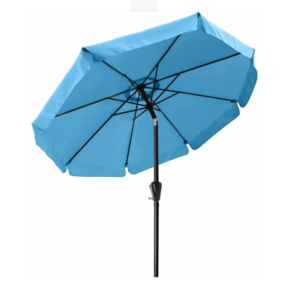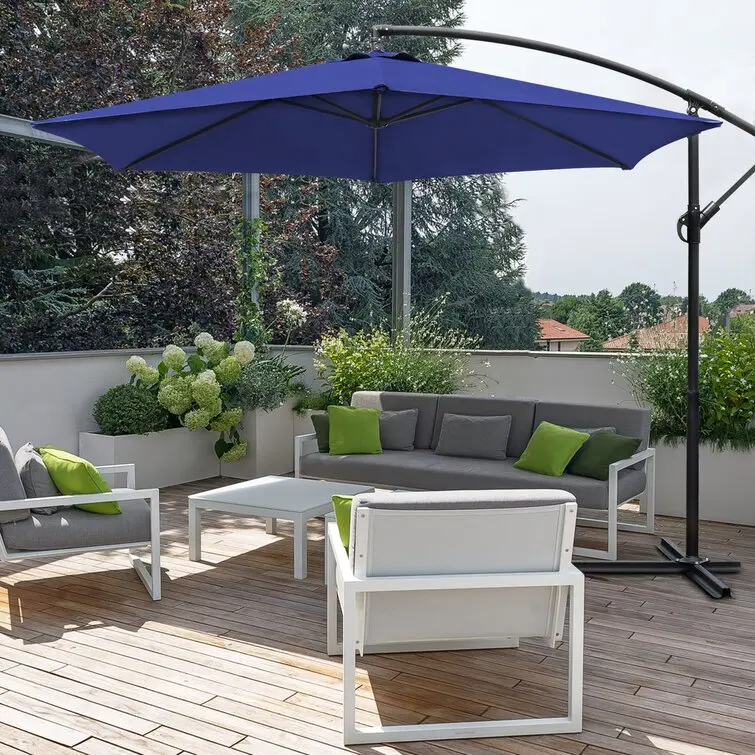
Cantilever umbrellas offer exceptional shade and style for outdoor spaces, but their large size and cantilevered design can make them susceptible to wind. Properly securing your cantilever umbrella is essential to prevent it from blowing over and causing damage. Here are some effective strategies to keep your cantilever umbrella stable in windy conditions.
The most crucial factor in preventing your cantilever umbrella from blowing over is a heavy-duty base. The base provides the necessary weight to counterbalance the umbrella and keep it firmly grounded. Here’s a comparison of base options:
| Base Type | Description | Benefits | Considerations |
|---|---|---|---|
| Concrete Base | Solid, heavy base usually filled with concrete | Provides excellent stability | Requires a permanent placement |
| Sand-Filled Base | Portable base that can be filled with sand | Adjustable weight and easy to move | May require frequent refilling |
| Water-Filled Base | Base that holds water for weight | Easy to fill and empty for portability | Less stable in very windy conditions |

In addition to a heavy base, ground anchors can further secure your cantilever umbrella. These anchors are installed into the ground and provide additional stability. Ground anchors are particularly useful for:
Tip: Ensure the ground anchor is properly installed according to manufacturer instructions to maximize its effectiveness.
Regular maintenance and inspections can help prevent issues that might lead to your cantilever umbrella blowing over. Check the following:
Tip: Perform these checks regularly, especially before and after strong weather conditions.

Some cantilever umbrellas come with adjustable features that allow you to reposition the umbrella to reduce wind resistance. Key features to consider:
Tip: Adjust the umbrella’s position based on the direction and strength of the wind to maintain optimal stability.
When your cantilever umbrella is not in use, covering it with a wind-resistant cover can help protect it from the elements. The cover should:
Tip: Store the umbrella in a sheltered location or take it down during extreme weather to further protect it.
Adding extra weight to the base can provide additional stability. You can use:
Tip: Make sure the added weight does not compromise the base’s stability or safety.
Keeping your cantilever umbrella from blowing over requires a combination of the right equipment, regular maintenance, and smart adjustments. By choosing a heavy-duty base, using ground anchors, performing regular checks, adjusting the umbrella’s position, using a wind-resistant cover, and considering additional weight, you can ensure your umbrella remains stable and functional even in windy conditions.